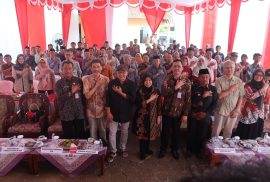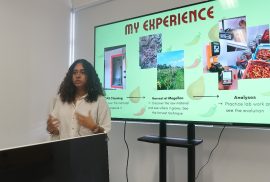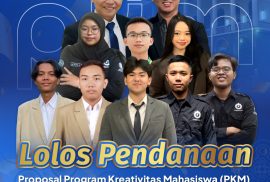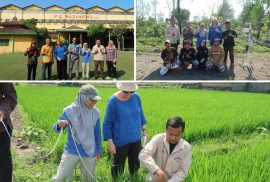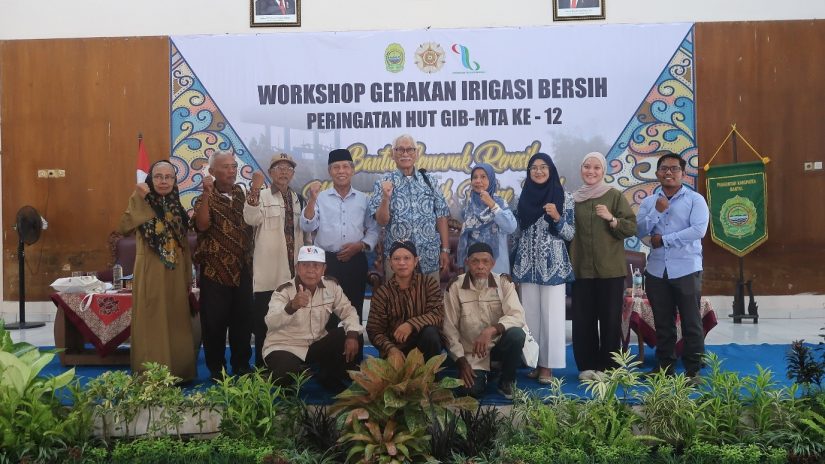
Bantul, June 4, 2025 – In celebration of its 12th anniversary, the Gerakan Irigasi Bersih–Merti Tirta Amartani (GIB-MTA), or the Clean Irrigation Movement, organized a series of educational and practical activities focused on sustainable water resource management. The event was held at the Potorono Sub-district Hall in Bantul Regency and was attended by community members, farmer groups, local government officials, and notable figures, including the Regent of Bantul and his staff.
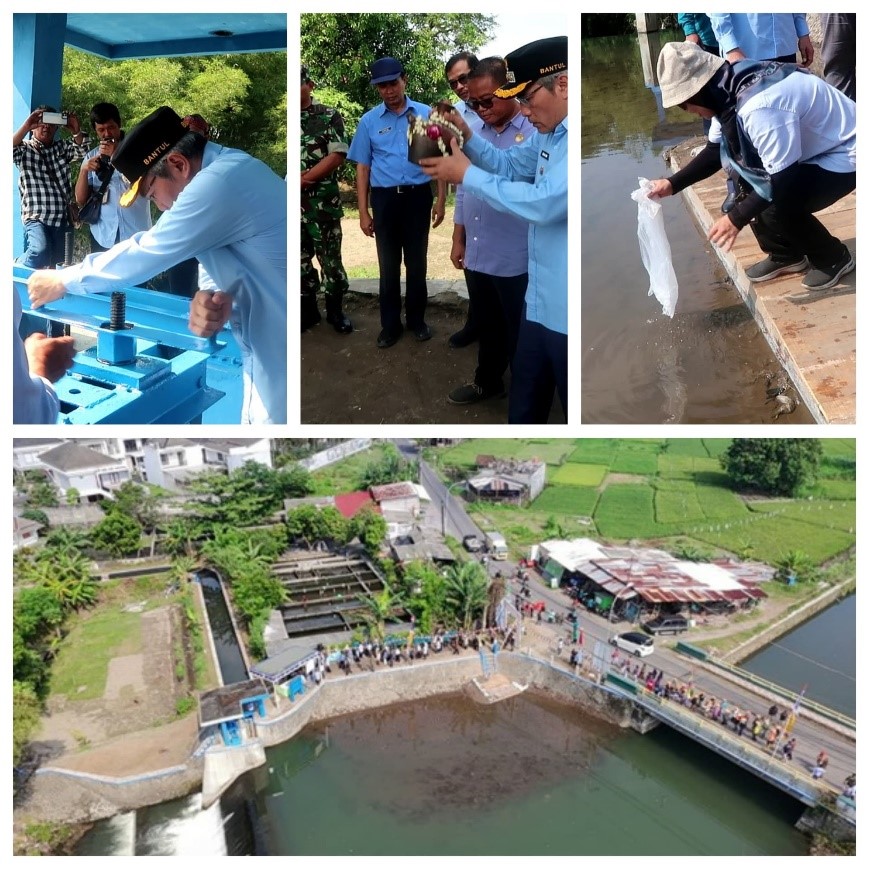
The anniversary celebration also featured symbolic ceremonies filled with meaning, including the release of fish, the breaking of an earthen jar (kendi), and the opening of an irrigation sluice gate (gejlik) by the Regent of Bantul. These actions represented the shared commitment to preserving water resources as a vital foundation for life and agriculture.

In his remarks, GIB Chairman Mr. Yitno, S.T., M.T. emphasized that the success of agriculture is closely tied to a clean and well-maintained irrigation system. He encouraged all members of society to continue supporting the movement for food sovereignty and farmer welfare.
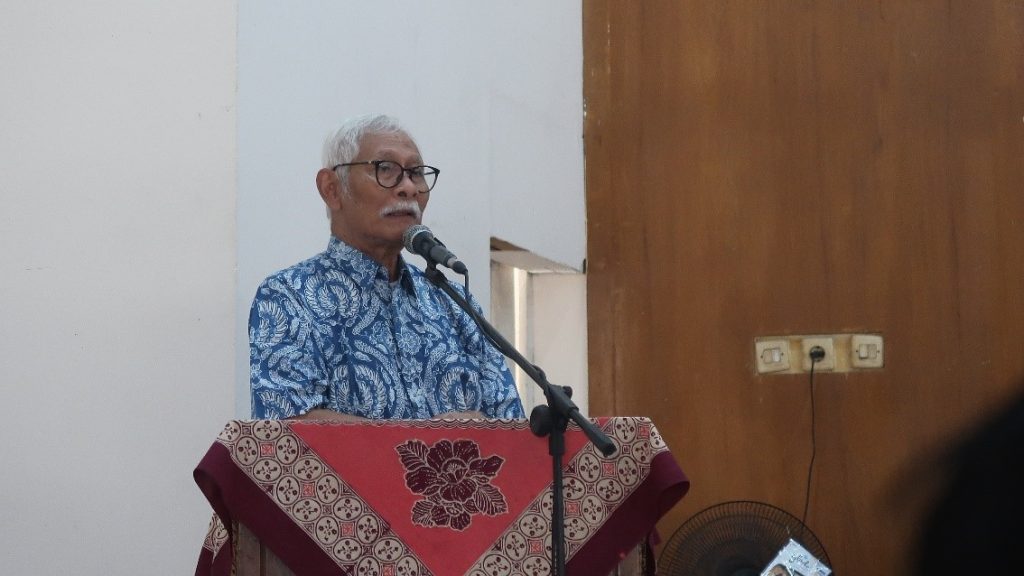
The event also included remarks from the Dean of the Faculty of Agricultural Technology, UGM, represented by Prof. Sigit Supadmo Arif, who underlined the importance of maintaining clean water as a long-term investment in sustainable water resources.
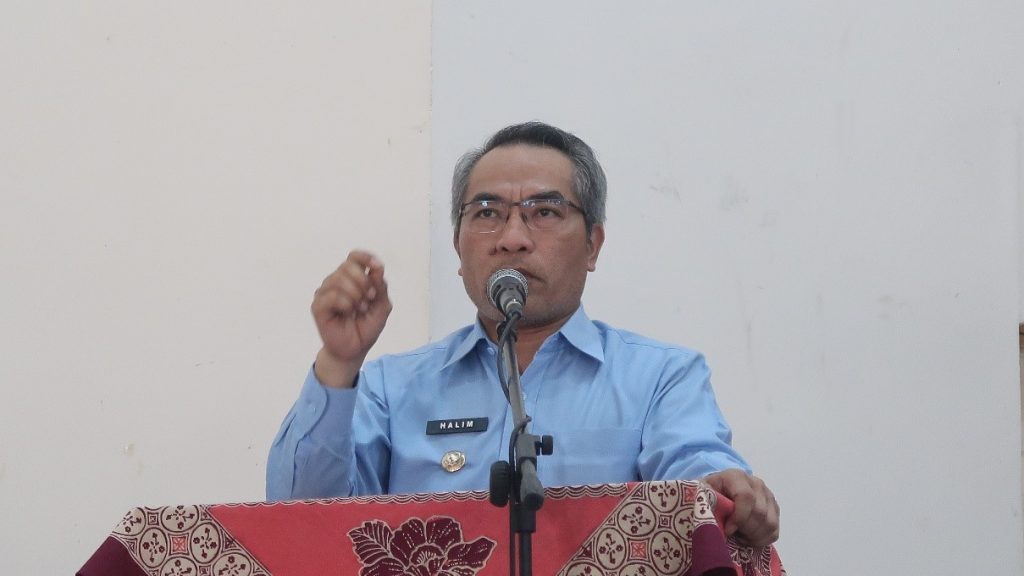
The Regent of Bantul, H. Abdul Halim Muslih, reiterated that water as a natural resource must be managed based on the principles of mutual cooperation and sustainability. “Water belongs to the state, is controlled by the state, and is used to the greatest benefit of the people. Therefore, let us manage and utilize it together to support agriculture in Bantul,” he asserted.
During her presentation at the workshop commemorating the 12th anniversary of the Clean Irrigation Movement–Merti Tirta Amartani (GIB-MTA), Dr. Eng. Ansita Gupitakingkin Pradipta, S.T., M.Eng., a lecturer from the Department of Agricultural and Biosystems Engineering, Faculty of Agricultural Technology, Universitas Gadjah Mada (UGM), emphasized the vital role of water management as a cornerstone of sustainable national development. She conveyed that the strategic function of water resource management (WRM) lies within ecological, economic, and social dimensions, as outlined in Asta Cita No. 2—building an advanced, independent, and prosperous society through environmentally based development.
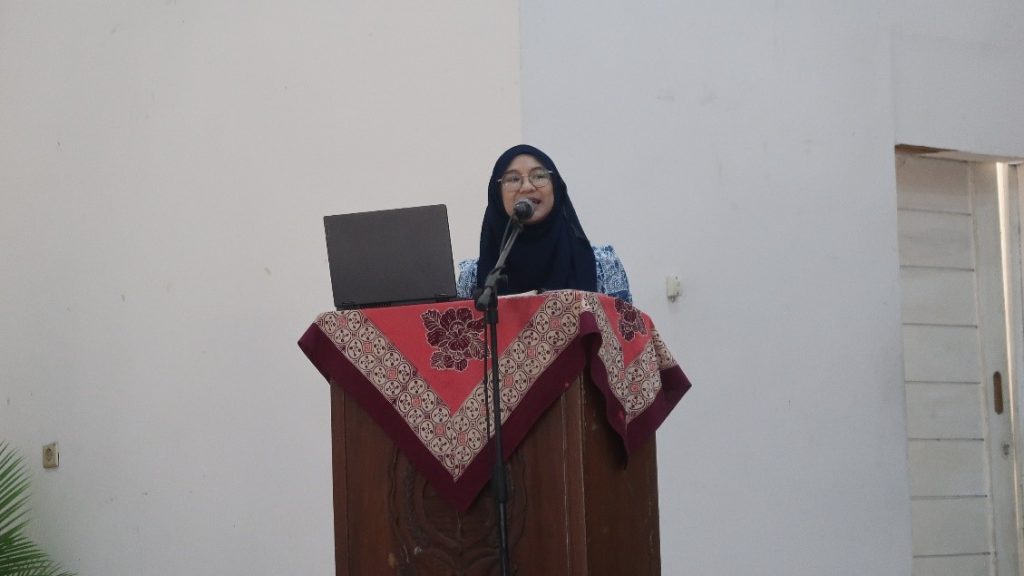
As part of the celebration, GIB-MTA hosted a workshop featuring Dr. Eng. Ansita Gupitakingkin Pradipta, S.T., M.Eng., a lecturer from the Department of Agricultural and Biosystems Engineering, Faculty of Agricultural Technology, Universitas Gadjah Mada. In her presentation titled “Water Management to Support Sustainable Agriculture,” Dr. Ansita highlighted the importance of integrating technology and participatory management to maintain agricultural productivity amidst climate change challenges.
During her presentation at the workshop commemorating the 12th anniversary of the Clean Irrigation Movement–Merti Tirta Amartani (GIB-MTA), Dr. Eng. Ansita Gupitakingkin Pradipta, S.T., M.Eng., a lecturer from the Department of Agricultural and Biosystems Engineering, Faculty of Agricultural Technology, Universitas Gadjah Mada (UGM), emphasized the vital role of water management as a cornerstone of sustainable national development. She conveyed that the strategic function of water resource management (WRM) lies within ecological, economic, and social dimensions, as outlined in Asta Cita No. 2—building an advanced, independent, and prosperous society through environmentally based development.
Dr. Ansita further elaborated that water resource management is a structured effort to maintain, utilize, and protect water as a crucial component of life. The core principles she presented include sustainability, environmental friendliness, cross-sectoral integration, regulatory compliance, and the values of solidarity and inclusiveness. These principles form the foundation for a water governance system that is not only efficient but also equitable and future-oriented.
To realize these principles in practice, Dr. Ansita outlined five main pillars of water resource management policies:
-
Water Resource Conservation: Preserving the quality and quantity of water through ecological protection to ensure long-term availability.
-
Water Resource Utilization: Optimizing the use of water across sectors such as agriculture, industry, and domestic needs, while maintaining environmental balance.
-
Water Hazard Control: Implementing strategies for mitigation, prevention, and recovery from water-related damages like floods, erosion, and landslides.
-
Development of Water Resource Information Systems: Strengthening data collection and monitoring through technology to support accurate decision-making and timely mitigation.
-
Enhancing Community Participation: Encouraging active involvement from local communities in conservation efforts, efficient use, and public education on climate adaptation practices.
Concluding her presentation, Dr. Ansita stressed the urgency of building sustainable agriculture rooted in strong water governance. “Sustainable agriculture is not merely an option—it is a necessity to secure the future of our planet for generations to come,” she stated.
Her presentation underscored that smart and inclusive water management is a crucial foundation to address global challenges such as climate change, land degradation, and food security. The event also served as a reflection on the importance of multi-stakeholder collaboration in supporting agricultural practices that are not only productive but also environmentally sustainable.
The workshop served as a strategic platform for aligning the vision of government, academia, and farming communities toward building a resilient and competitive agricultural sector. In addition to reflecting on GIB-MTA’s 12 years of achievement, the event underscored the need for cross-sector collaboration in conserving water resources and strengthening regional food security.
This activity is also aligned with the Sustainable Development Goals (SDGs), particularly Goal 6 (Clean Water and Sanitation), Goal 12 (Responsible Consumption and Production), and Goal 13 (Climate Action). By emphasizing inclusive and sustainable water management, the event contributes to environmentally friendly development and the long-term welfare of local communities.

